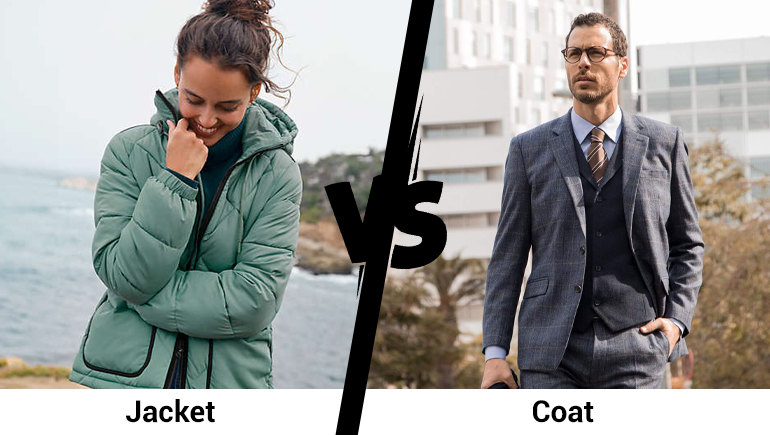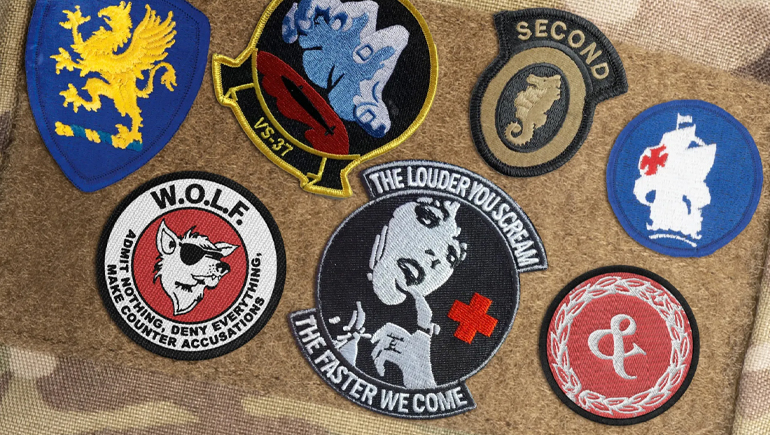
Looking to make your streetwear line stand out in 2025? The patches in the realm of fashion are your secret weapon, thriving on details to win hearts. More than simple fabric add-ons, patches are creative tools for bold fashion statements and practical repairs.
They are badges of:
Whether you need to repair a hole in jeans or want to add uniform name patches to work shirts, the right type of patch can transform ordinary garments into standout pieces. Worry not.
This guide will explain 10 different types of patches and their uses. You will learn how each patch style can work best and express your value.
A patch in clothing is a small piece of fabric or other material attached to a garment to repair damaged or worn-out parts of apparel. It can also be used for decoration or to repair holes in garments and customize uniforms. You can easily sew or attach them to the garments using a heat-activated adhesive to:
They come in various forms:
Embroidered or fabric patches are attached to clothing, bags, or uniforms for decoration, branding, or repair. They come in various styles. The 10 most common types of fabric patches for clothes are:
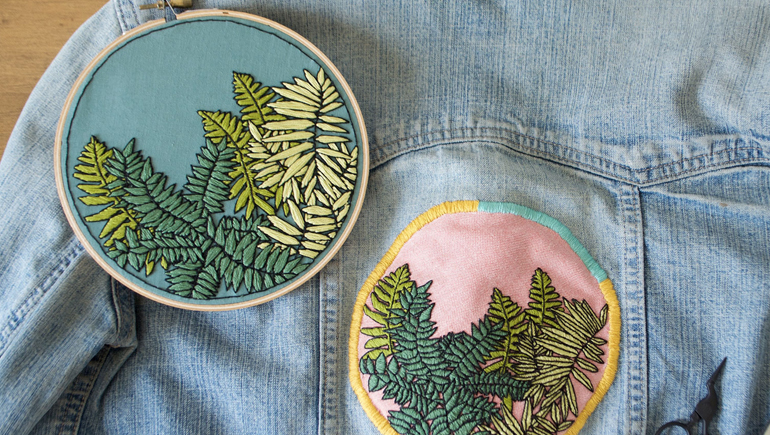
Patch embroidery is the most common type. Easy to add to any type of clothing with thread using embroidery techniques. You can find them attached to denim or leather jackets. An affordable and stylish alternative stitched using thread for decoration or branding. Most commonly sewn or ironed onto clothing, bags, or uniforms. Popular for:
PVC patches made from soft and durable rubber-like plastic material are flexible patches. Features a rough texture and offers a tough yet modern look. They are waterproof and withstand extreme temperatures, dirt, water, mud, paintballs, and wear and tear. The flexibility of PVC rubber patches allows for highly detailed and colorful 2D or 3D designs. Not suitable for breathable fabrics. Modern alternative to traditional embroidered patches. Best for:
Pro Tip: Use velcro backing for easy swapping on tactical vests.
Soft, fuzzy, and nostalgic vintage clothing patches are seen on a variety of jackets and high school sweaters. Outdated patches due to woolly fluff, but they are back in style. Offers a fluffy and raised texture achieved through a special looping technique using chenille yarn. Known for a 3D appearance that adds depth and a tactile feel to garments. Popular in fashion and branding to evoke a sense of nostalgia. Perfect for:
Also known as clothing patches, they are created by weaving thin threads together directly into the fabric to form a detailed design. Woven patches can achieve a high level of detail and smoother textures. This makes them ideal for:
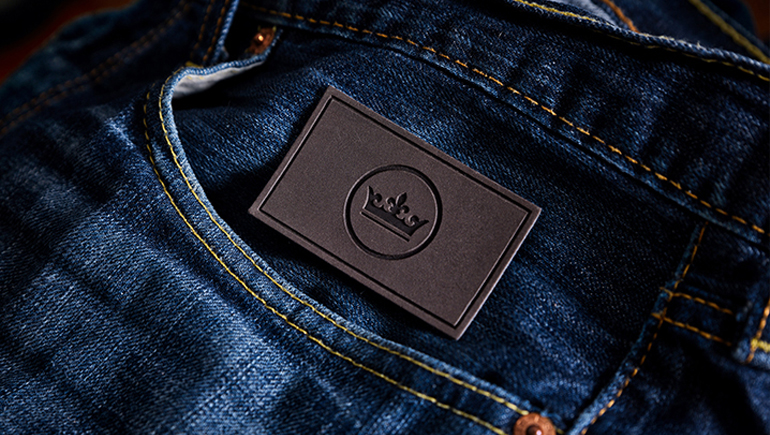
These patches are made from a real piece of leather used for embellishment. They can be sewn and ironed on or glued. Embossed and debossed printed with logos to create unique designs, and are used on bags, denim boots, or jackets. Provides a rugged and premium look. Excellent for:
Printed patches are fabric patches for cloth printed with designs, logos, or text on a t-shirt using screen printing or dye-sublimation printing techniques. Offers highly detailed and full-color artwork with smooth finishes. Ideal for:
Bullion patches are hand-embroidered emblems and decorative patches made with gold or silver wire to give an elegant appearance. Creates intricate designs and borders on clothing or uniforms. Provides a raised and 3D look for a luxurious feel. Commonly used by:
Name patches are fabric labels embroidered that display a person's name or title. They can be designed in any color. Choose the most suitable color for your favorite name on woven pieces of fabric. Usually embroidered or printed and sewn or ironed onto clothing. Most commonly used for:
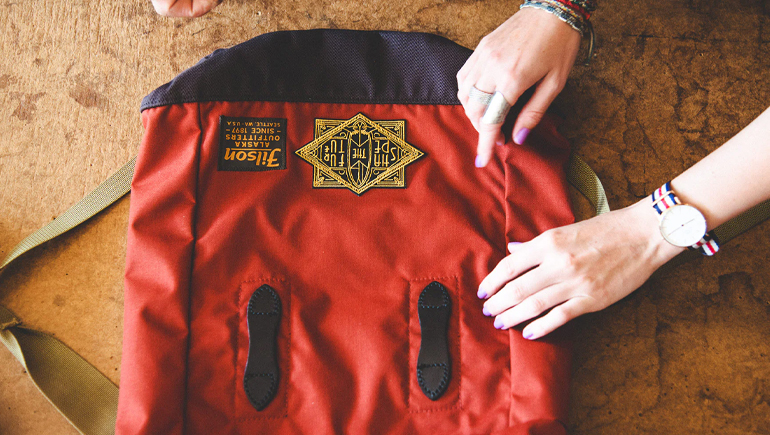
Iron-on patches are decorative pieces of fabric with a heat-activated adhesive on the back. You easily apply them by pressing with a hot iron that melts the glue and bonds the patch to the fabric. The most convenient option for decorating or repairing patches for holes or tears in jackets or jeans.
Felt patches are classic fabric patches known for their fuzzy texture and raised appearance. Made from felt material with embroidered or printed designs. Provides a soft and slightly textured look. Used for patches for repairing clothes. Easy to sew or iron onto bags or uniforms. Found in fun shapes like hearts or stars. Great for kids clothing and handmade patches. Popular for:
The most common placement of patches is three.
Let’s explain them one by one.
Backpatches are large patches for clothes designed to be worn on the back of leather jackets or vests. Popular in punk and biker cultures to display band logos and club insignias to show support for favorite music groups. Makes a bold personal statement. Also used for fashion and self-expression on outerwear.
Decorative or symbolic emblems made of fabric that are sewn or attached to the sleeves of uniforms or sports attire. They show several things, such as a team affiliation or competition participation.
Chest patches in clothing are decorative fabric pieces placed on the upper front (chest area) of the garment. Its examples are:

There is a patch for every style. Each patch type serves a purpose. Here's a list to help you make the right choice.
As trends evolve in 2025, patches stay perpetual to bridge function and fashion in every stitch. Perfect for creativity, repair, and identity. You have gone through the vibrant world of patches, from rugged leather patches to playful felt patches.
So, go ahead to mix textures. Play with patch shapes and make your mark. The right type of patch can elevate your generic pieces and make them unforgettable.
Need help designing the perfect patch? Reach out to VEL Clothing at sales@velclothing.com and bring your designs to life.

